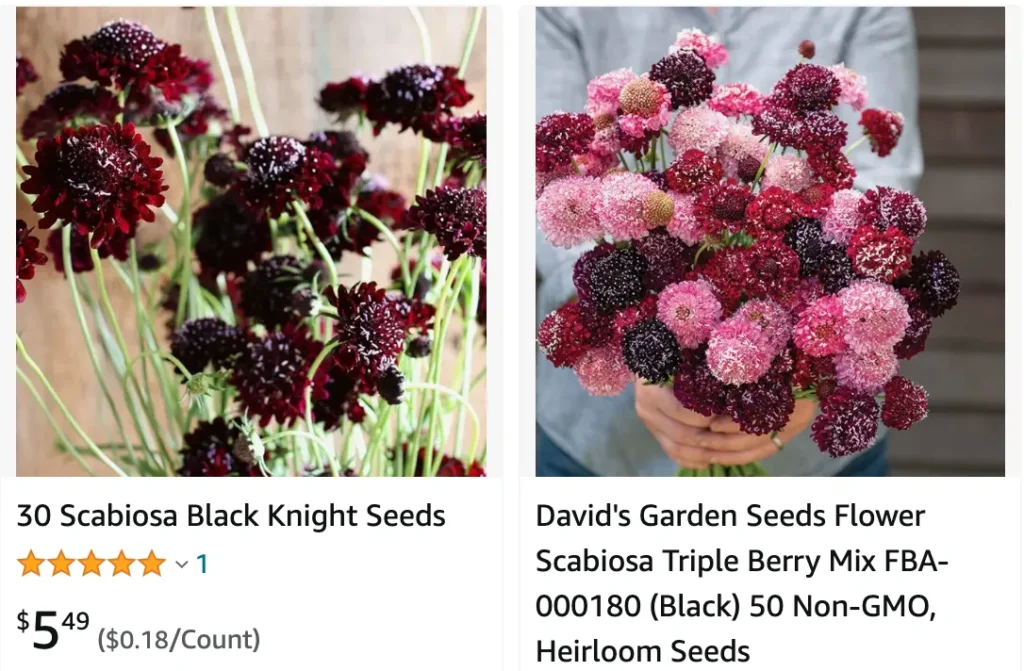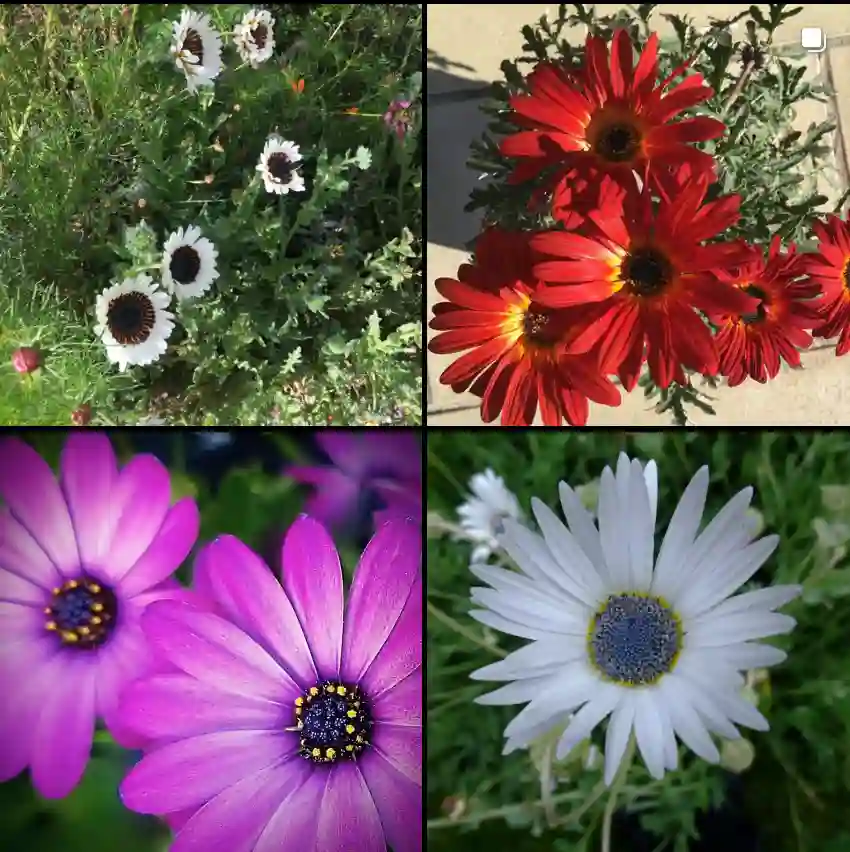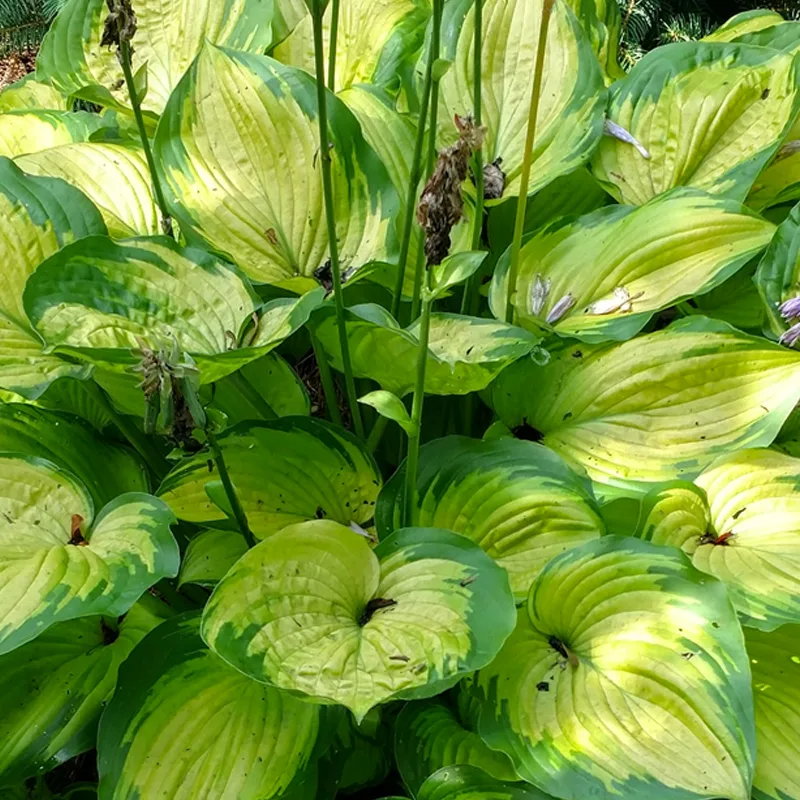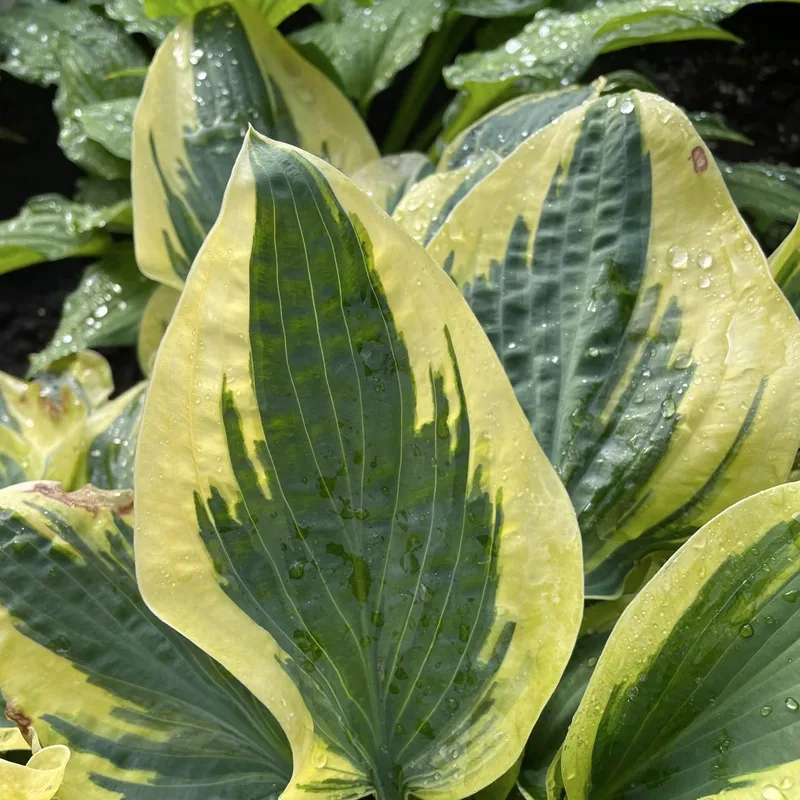
Black Knight Scabiosa: A Gardener’s Delight
When it comes to gardening, there’s always a thrill in discovering a plant that not only stands out in beauty but also thrives with relative ease. One such plant that has caught my attention is the Black Knight Scabiosa. With its dark, velvety blooms and versatile nature, it has become a favorite in my garden. Let me share my experiences and knowledge about this fascinating plant.
70 Species in Genus Scabiosa – Pincushion Flower
Is Scabiosa Black Knight a Perennial?
One of the first questions I had when I discovered Black Knight Scabiosa was whether it was a perennial. The answer, much to my delight, is yes. Scabiosa Black Knight, or Pincushion Flower as it is sometimes called, is a hardy perennial in USDA zones 3-9. This means that once you plant it, you can enjoy its striking blooms year after year without the need to replant annually. In regions with milder winters, it can even behave as an evergreen, retaining some of its foliage throughout the colder months.
How to Grow Black Knight Scabiosa?
Growing Black Knight Scabiosa is relatively straightforward, making it an excellent choice for both novice and experienced gardeners. Here’s a step-by-step guide on how to get started:
- Choosing the Right Location: Black Knight Scabiosa thrives in full sun, so select a spot in your garden that receives at least six hours of direct sunlight each day. It can tolerate partial shade, but full sun will yield the best blooms.
- Soil Preparation: The plant prefers well-draining soil with a pH range of 6.0 to 7.5. Before planting, work in some compost or well-rotted manure to improve soil fertility and drainage.
- Planting: Space your plants about 12-18 inches apart to allow for good air circulation, which helps prevent fungal diseases. If you’re planting seeds directly, thin them out once they’ve sprouted to maintain this spacing.
- Watering: While Black Knight Scabiosa is relatively drought-tolerant once established, it’s essential to keep the soil consistently moist, especially during its first growing season. Water deeply but infrequently, allowing the top layer of soil to dry out between waterings.
- Fertilizing: A balanced, all-purpose fertilizer applied once in early spring and again in mid-summer will keep your plants vigorous and blooming profusely.
When to Sow Scabiosa Black Knight?
Timing is crucial when it comes to sowing Black Knight Scabiosa seeds. Here’s what I’ve found works best:
- Spring Sowing: For early blooms, sow seeds indoors about 8-10 weeks before the last expected frost date in your area. This allows seedlings to establish before being transplanted outdoors once the danger of frost has passed.
- Direct Sowing: You can also sow seeds directly in the garden once the soil has warmed to at least 60°F. This method might result in later blooms but is less labor-intensive.
- Fall Sowing: In regions with mild winters, consider sowing seeds in late summer to early fall. This gives the plants a head start in establishing roots before the colder months, leading to earlier blooms in spring.
Where Are Scabiosa Black Knight Grown?
Black Knight Scabiosa is quite versatile in terms of its growing locations. Here are some of the places where you’ll find it thriving:
- Home Gardens: It’s a popular choice for borders, rock gardens, and mixed flower beds due to its striking color and long blooming period.
- Cut Flower Gardens: The long stems and unique blooms make it an excellent cut flower, often found in floral arrangements.
- Wildflower Meadows: It can also be grown in more naturalistic settings, where it attracts a variety of pollinators including bees and butterflies.
- Containers: If you’re short on space, Black Knight Scabiosa can be successfully grown in pots or containers, provided they have good drainage and receive adequate sunlight.
How to Care for Black Knight Scabiosa?
Caring for Black Knight Scabiosa is relatively simple, but there are a few tips to ensure it thrives:
- Deadheading: Regularly remove spent blooms to encourage continuous flowering and prevent the plant from expending energy on seed production.
- Pest and Disease Control: Keep an eye out for common pests like aphids and spider mites. Use insecticidal soap or neem oil if infestations occur. Good air circulation and proper spacing can help prevent powdery mildew and other fungal issues.
- Winter Care: In colder climates, apply a layer of mulch around the base of the plant to protect it from harsh winter temperatures.
What to Plant with Black Knight Scabiosa?
Companion planting can enhance the beauty and health of your garden. Consider pairing Black Knight Scabiosa with:
- Echinacea: The contrasting colors and similar care requirements make Echinacea an excellent companion.
- Lavender: Both plants prefer similar growing conditions, and the combination of colors and textures can be stunning.
- Salvia: This pairing can create a beautiful contrast and attract even more pollinators to your garden.
Conclusion
Black Knight Scabiosa is a gem in any garden, offering striking blooms and easy care. Whether you’re a seasoned gardener or just starting out, this plant will reward you with its beauty and resilience. Happy gardening!
If i die, water my plants!



